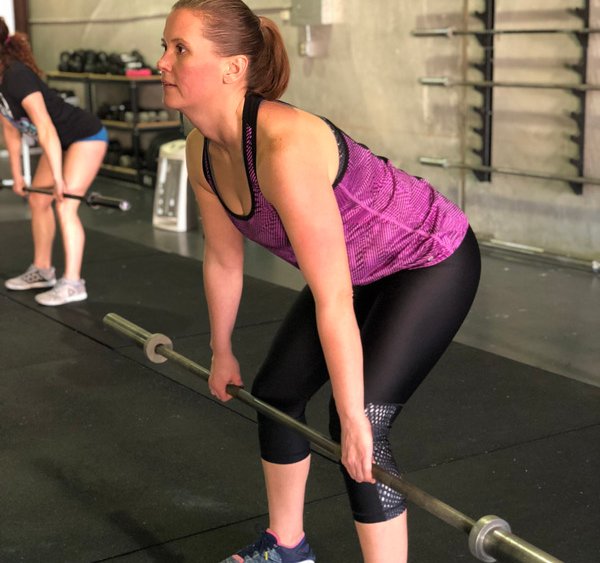
Last week we covered CrossFit’s first operational model of fitness, the ten general physical skills. This week we’ll go over the 2nd of the 3 models and that is the “hopper” model. This is the idea that he or she who is fittest would be able to perform well at any random physical task that might present itself. The “hopper” is the thing you put lottery balls in, crank the handle and then reach in and grab a number.
It was CrossFit’s contention that someone who is really fit should be able to handle any physical challenge that might present itself because by and large that’s what life and sport call for. The unknown and unknowable if you will. A police officer might have to chase down a criminal at a moment’s notice. A firefighter might have to be prepared to lift something really heavy off a person or carry a person out of a burning building without a chance to “warm up” for it. A football player might have to push another man out of the way and then sprint 20 yards. Real life situations and sport have a bunch of random chances to display physical capacity that requires blurring the ability to not only be strong but have endurance as well.
It became very clear to CrossFit and Coach Glassman early on that people were only working on one element at a time. Mondays are chest and tricep, largely testing only strength. Tuesdays are cardio and abs, testing only endurance and stamina. Coach Glassman saw this as flawed. He understood that the only real way to be ready for anything was to train everything. Hence the name “Cross-Fit”. Mixing any physical task that could present itself into a regimen. Powerlifting on Monday? Sure. Deadlift 1 rep as heavy as possible. Track athlete’s workout on Tuesday? Sure. 400 meter runs on a track with 90 seconds rest in between. What about mixing elements? Bring it on. A CrossFit favorite “Elizabeth”. 21-15-9 reps respectively of olympic weightlifting cleans and gymnastic ring dips. 21 of each movement, followed by 15 of each, and finally 9 of each. Complete it as fast as possible.
The first model of fitness, the ten general physical skills, declared that he or she who is fittest would be balanced across all 10. This model is more experimental in the sense that he or she who is fittest would perform best on average at a given number of random tasks. This is largely how the CrossFit Games is determines a champion still today. Throw any physical task in the hopper, crank the wheel, pull something out, line the competitors up and let them have at it. Don’t exclude anything. The only way to prepare for something like that? Train everything.
